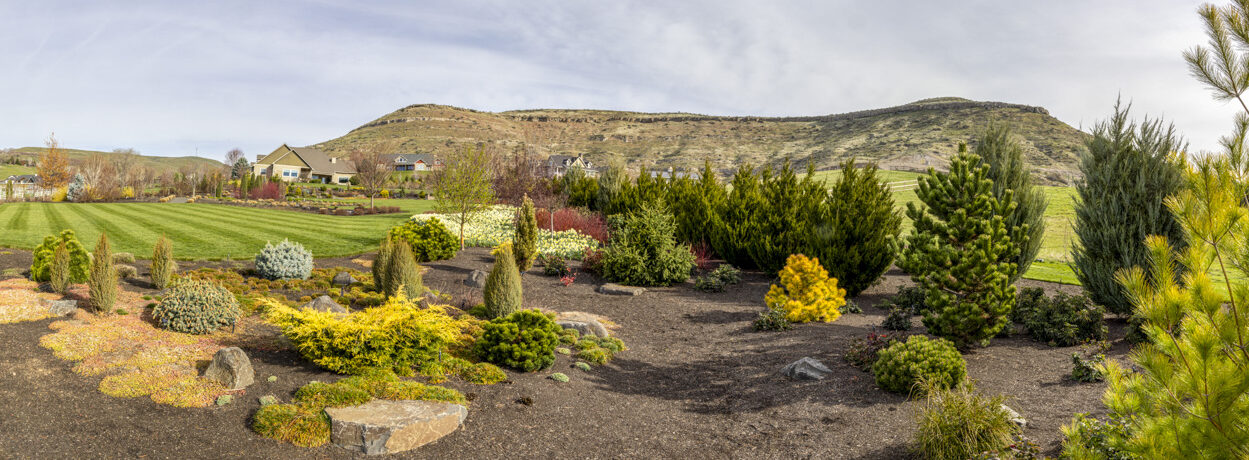 Pasco Basin and Columbia River, Washington
Pasco Basin and Columbia River, Washington
This image was taken from the top of Saddle Mountain looking south toward the Pasco Basin. (Yesterday’s post was from the same location looking north toward the Othello Basin.)
Can you believe that this was once a 800 foot deep lake? During the Missoula floods, water entered the Pasco Basin northeast from the Palouse, north from the Drumheller/Othello Channels and northwest from the Columbia River through Sentinel Gap. Wallula Gap blocked the water from flowing freely through the Columbia Gorge to the Pacific Ocean. The result was the temporary Ice Age Lake Lewis. Today, the Columbia River meanders through the basin. The Hanford Nuclear Research facility is located south and east of the river. Rattlesnake Ridge is visible in the background.
Related Images:





